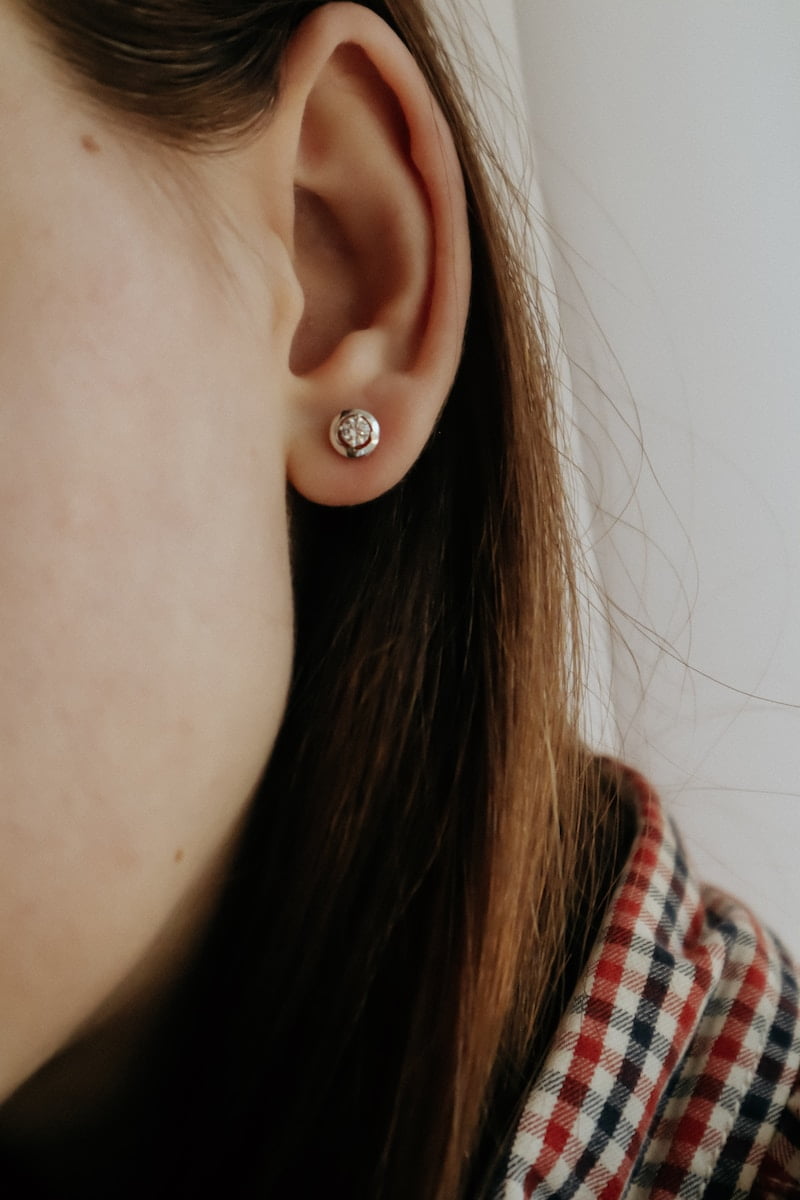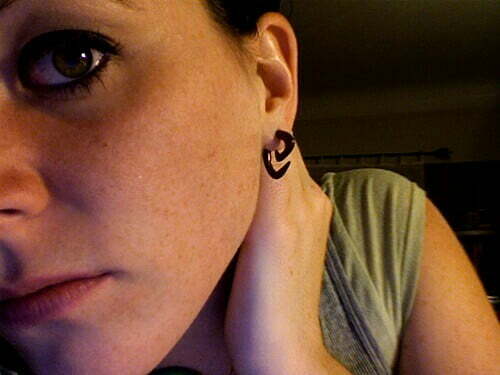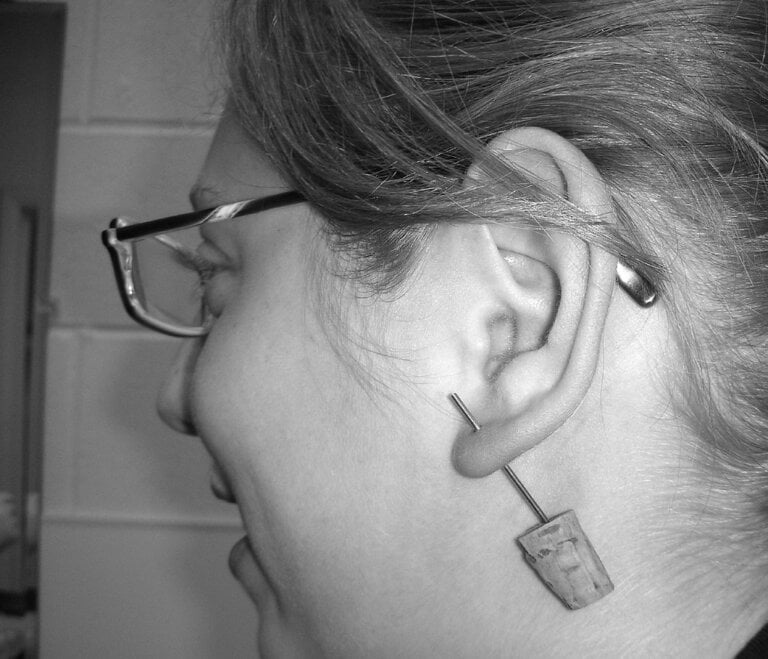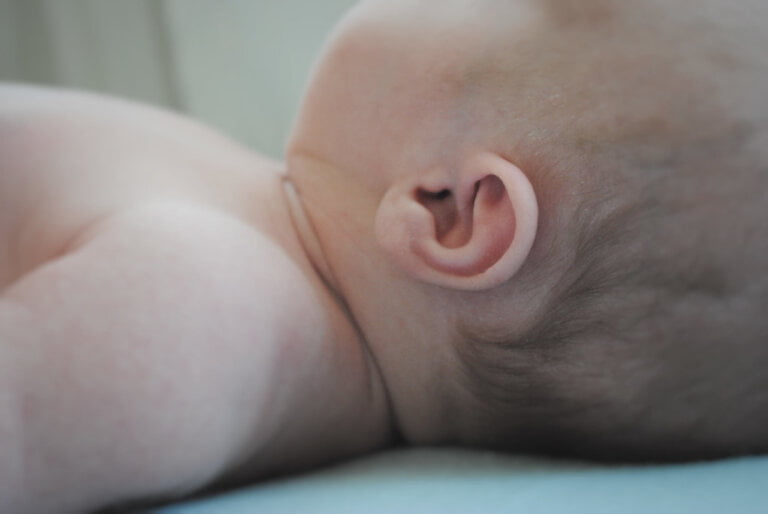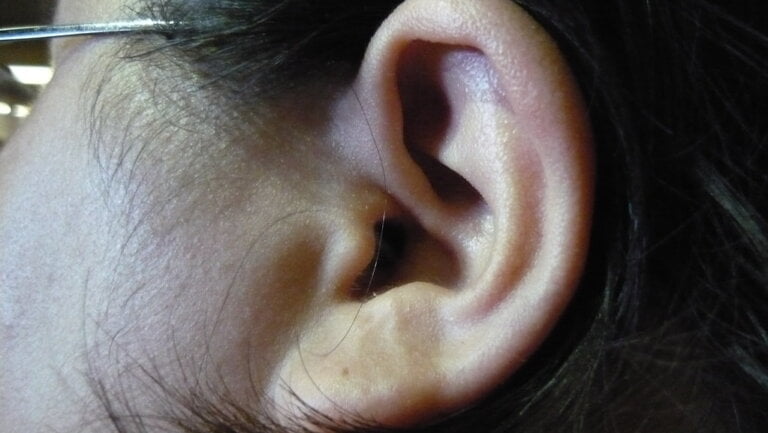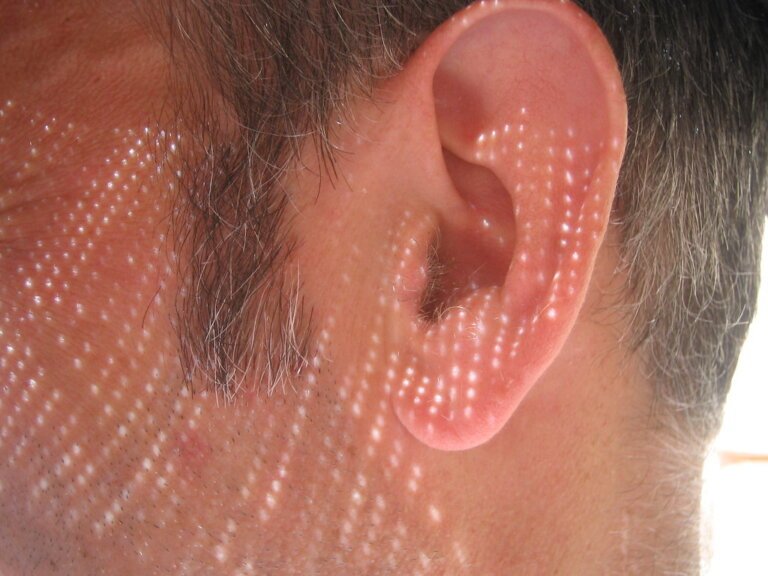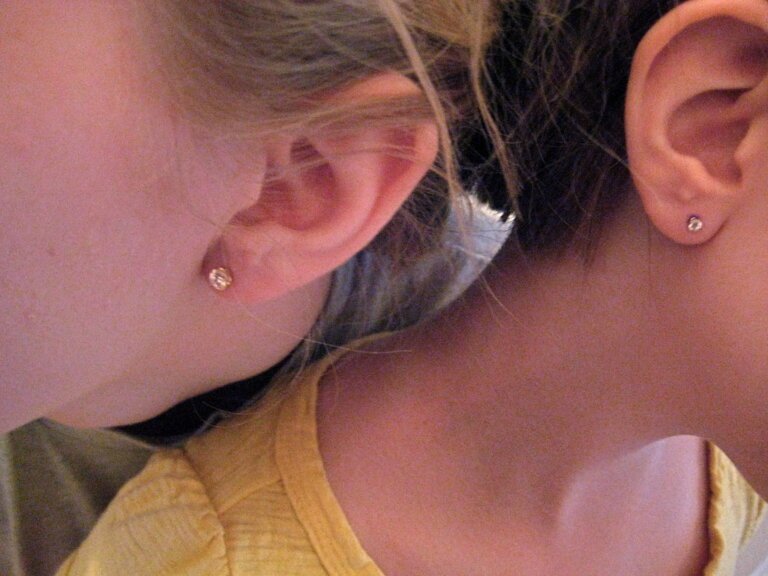Safety First: Understanding the Conditions that May Preclude Microsuction
Last Updated on 25th April 2024 by Admin
Microsuction is a widely used and effective method for removing earwax and foreign objects from the ear canal. It is commonly performed by qualified audiologists or ear care specialists. However, there are certain conditions that may preclude individuals from undergoing microsuction due to safety concerns. In this article, we will explore these conditions in detail to ensure a comprehensive understanding of when microsuction may not be suitable.
What is Microsuction?
Microsuction is a non-invasive procedure that utilizes a specially designed suction device to remove excess earwax and foreign objects from the ear canal. It involves the use of a microscope or magnifying glasses to provide a clear view of the ear canal, enabling the specialist to perform the procedure with precision and minimal discomfort.
The procedure is generally safe, quick, and highly effective, making it a popular choice for many individuals experiencing earwax impaction or foreign object obstruction. However, it is crucial to consider certain factors that may increase the risk of complications during microsuction.
Conditions that May Preclude Microsuction
While microsuction is generally safe, the following conditions may require alternative methods of earwax removal or contraindicate the use of microsuction altogether:
1. Perforated Eardrum
A perforated eardrum refers to a hole or tear in the thin tissue that separates the outer and middle ear. This condition can be caused by trauma, infection, or a sudden change in pressure. Microsuction may not be suitable for individuals with a perforated eardrum as it can potentially worsen the condition or lead to complications.
Individuals with a perforated eardrum should avoid microsuction because the suction could cause further damage to the already compromised eardrum. This could potentially delay the healing process and increase the risk of infection. Alternative methods, such as manual removal under direct visualization or the use of ear drops to soften the earwax, may be more appropriate in these cases.
2. Otitis Externa
Otitis externa, commonly known as swimmer’s ear, is an infection of the outer ear canal. It typically occurs due to excessive moisture or water exposure, leading to inflammation and discomfort. Microsuction may be contraindicated in individuals with otitis externa as it can further irritate the already inflamed ear canal and potentially spread the infection.
In cases of otitis externa, it is important to treat the infection before considering microsuction. This may involve the use of antibiotic eardrops or oral medications to clear the infection and reduce inflammation. Once the infection has resolved, alternative methods of earwax removal, such as irrigation or manual removal, can be considered.
3. Severe Ear Infection
In cases of severe ear infection, microsuction may not be recommended. The procedure can potentially aggravate the infection, causing further pain and discomfort. It is essential to treat the infection before considering microsuction or opt for alternative methods of earwax removal.
Antibiotics are commonly prescribed to treat severe ear infections and reduce inflammation. Once the infection has resolved, it may be safe to proceed with microsuction if necessary. However, it is important to consult with a healthcare professional to determine the most appropriate course of action based on individual circumstances.
4. Foreign Object Lodged Deep in the Ear Canal
While microsuction is effective in removing foreign objects from the ear canal, it may not be suitable for objects lodged deep inside. In such cases, alternative methods like irrigation or manual removal under direct visualization may be more appropriate.
If a foreign object is deeply lodged in the ear canal, attempting to remove it with microsuction could potentially push the object further or cause damage to the delicate structures of the ear. In these situations, it is important to seek immediate medical attention to ensure the safe and proper removal of the foreign object.
5. Dizziness or Vertigo
Individuals experiencing severe dizziness or vertigo may not be suitable candidates for microsuction. The procedure involves tilting and moving the head, which can further trigger dizziness or imbalance. It is crucial to address the underlying cause of dizziness before considering microsuction as a treatment option.
Dizziness or vertigo can have various causes, including inner ear disorders or vestibular dysfunction. These conditions can be evaluated and treated by a healthcare professional specializing in ear care. Once the underlying cause is identified and managed, microsuction may be considered if appropriate.
6. Excessive Earwax Buildup
Contrary to popular belief, excessive earwax buildup does not always necessitate immediate removal. In some cases, the earwax can naturally migrate out of the ear canal without causing any discomfort or complications. Therefore, microsuction may not be recommended if the earwax buildup is not causing any symptoms or interfering with hearing.
It is important to note that earwax serves a protective function by trapping dust, debris, and bacteria, preventing them from reaching the delicate structures of the ear. If the earwax is not causing any issues, it is generally best to leave it undisturbed. However, if the earwax buildup becomes bothersome or affects hearing, alternative methods such as irrigation or manual removal can be considered.
7. Previous Ear Surgery
Individuals who have previously undergone ear surgery may need to consult their healthcare provider before undergoing microsuction. Depending on the nature of the surgery and the individual’s specific condition, microsuction may need to be approached with caution or avoided altogether.
Some ear surgeries can alter the anatomy of the ear canal or compromise the healing process. These factors need to be taken into consideration when determining the suitability of microsuction. A thorough evaluation by a healthcare professional is essential to assess any potential risks or complications associated with the procedure.
Alternatives to Microsuction
For individuals with conditions that preclude them from undergoing microsuction, there are alternative methods of earwax removal available. These include:
- Irrigation: This method involves flushing the ear canal with warm water or a saline solution to dislodge and remove earwax. It is important to note that irrigation should only be performed by a qualified healthcare professional to ensure proper technique and minimize the risk of complications.
- Manual Removal: Under direct visualization, an audiologist or ear care specialist may use specialized tools to manually remove the earwax. This method requires skill and precision to avoid injury to the ear canal or eardrum.
- Ear Drops: Certain ear drops can soften the earwax, making it easier for the body to naturally expel or for alternative removal methods to be effective. These drops typically contain a gentle solution that can be applied according to the instructions provided.
It is crucial to consult with a qualified healthcare professional to determine the most suitable alternative method based on individual circumstances and medical considerations. They can assess the specific condition, provide personalized recommendations, and ensure the procedure is performed safely and effectively.
Conclusion
While microsuction is generally a safe and effective procedure for earwax removal, there are certain conditions that may preclude individuals from undergoing it. Understanding these conditions is vital to ensure the safety and well-being of individuals seeking ear care. Consulting with a qualified healthcare professional is essential to determine the most appropriate method of earwax removal based on individual circumstances and medical history. Remember, safety should always come first when it comes to ear care procedures like microsuction.
Q1: What is microsuction?
A: Microsuction is a non-invasive procedure that utilizes a specially designed suction device to remove excess earwax and foreign objects from the ear canal.
Q2: What conditions may preclude microsuction?
A: Conditions that may preclude microsuction include perforated eardrum, otitis externa, severe ear infection, foreign object lodged deep in the ear canal, dizziness or vertigo, excessive earwax buildup, and previous ear surgery.
Q3: What are the alternatives to microsuction?
A: The alternatives to microsuction include irrigation, manual removal, and the use of ear drops to soften the earwax.
Q4: How can I determine the most suitable alternative method for earwax removal?
A: It is crucial to consult with a qualified healthcare professional who can assess your specific condition, provide personalized recommendations, and ensure the procedure is performed safely and effectively.

